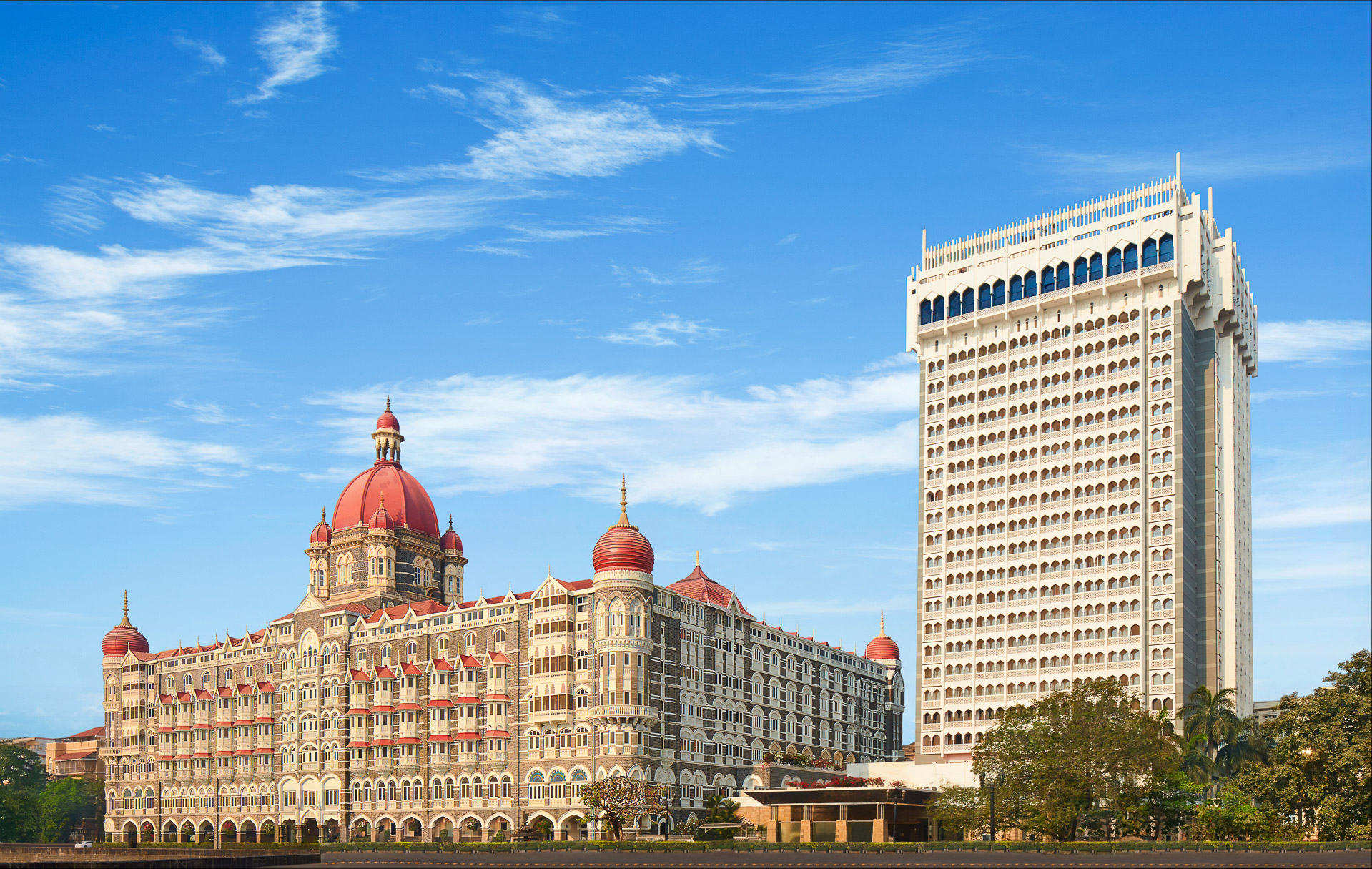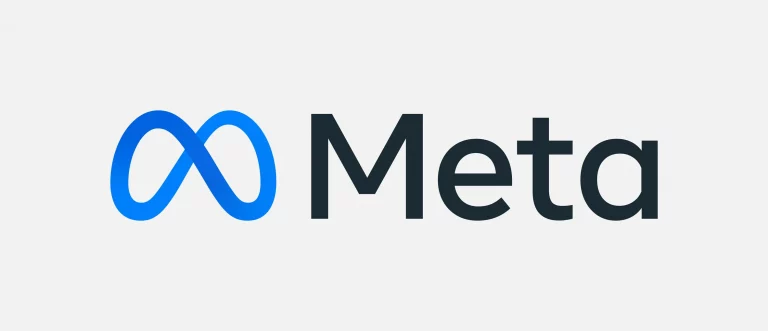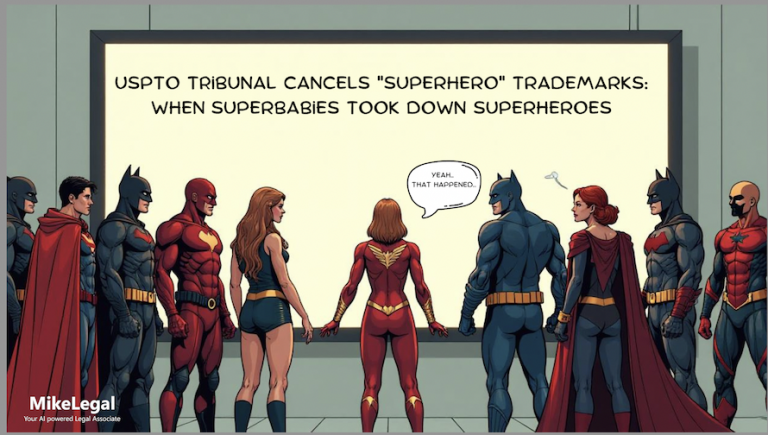“Building” an iconic trademark
To quote Indian Hotels Company Limited (IHCL) which is the proprietor of the iconic Taj Hotel building’s trademark famously quoted that “One look at that property and you know it is the Taj. We don’t even need a signboard over there…that’s exactly what a trademark is.”
While trademarks are generally related to logos and taglines of brands, they actually have a wide scope of applicability. One such area is trademarks on buildings. In other words, the architecture of buildings can be protected as a trademark so as to prevent its replication by other architects and put a stopper on commercialization of its images.
The first building to be registered as a trademark in India was the famous Taj Mahal hotel of Mumbai. The hotel building, which predates the iconic Gateway of India was Jamshedji Tata’s pet project. The fabled story is that he was denied entry into a five-star hotel in Mumbai due to his skin colour. This motivated him to construct a five-star hotel of his own. Another version of the story is that Tata was persuaded by the Chief Editor of the Times of India to build a hotel worthy of the city of Bombay. Furthermore, this building features a long list of firsts in this country. It was the first building with electricity, ceiling fans, elevators and Turkish baths. Moreover, it also housed India’s first all-day restaurant and discotheque. Owing to its massive popularity and what it stood for, the Hotel was, unfortunately, the epicentre of the 2008 terrorist attack on Mumbai. It is safe to conclude that the Taj Mahal hotel building has become an integral part of the ethos of Colaba in South Mumbai.
However, what does a trademark over a building mean in practicality? Does it mean that one cannot click pictures of or with the building without paying a fee? Definitely not. Tourists are free to click images of the building as much as they want and from whatever angle they want to (without trespassing of course). The trademark protects against the appropriation of the image. This means that the images of the buildings can’t be sold either physically or as prints online without the permission of the proprietor. The image or the likeness of the building cannot be used on labels, brands, logos or any other commercial space without a license. In the US case of ESRT Empire State Building, L.L.C. v. Michael Liang, the defendant used a label depicting the Empire State Building on its beer bottles. The beer logo in this case had been registered as a trademark by its proprietor Michael Liang with the intent to use the mark in commerce for alcoholic and non-alcoholic styles of beer. The Court held that the Empire State Building mark had a very strong degree of recognition in public. Hence, the usage of the building in the beer logo would lead to dilution of the trademark and hence, the defendant was stopped from using the same.
Another reason why trademark protection is preferred on buildings is to prevent their replication. It is an attempt to stop another architect or contractor from erecting a replica or an eerily similar structure to the famous building.
There are two basic prerequisites to obtain a trademark on a building. Firstly, it must be used on or in connection with the promotion and sale of goods and services or displayed on materials used in offering the goods or services for sale, rather than merely as a landmark per se. In this instance, the Taj trademark is registered under Class 43 for “services providing food and drink; temporary accommodation”. Secondly, the public must recognize such buildings or landmarks as indicating and designating the source of particular goods or services.
Following the Taj Mahal Hotel, many other buildings have sought trademark protection. The Bombay Stock Exchange Building on Dalaal Street, Mumbai is another Indian building that sought trademark protection in 2018. Around the world, the Eiffel Tower of Paris, The Opera House, Sydney are other examples. With the increasing number of skyscrapers around the world, we are bound to see more such registrations on buildings in the future.






